Correlation Coefficient and Its Practical Significance in Business 2025
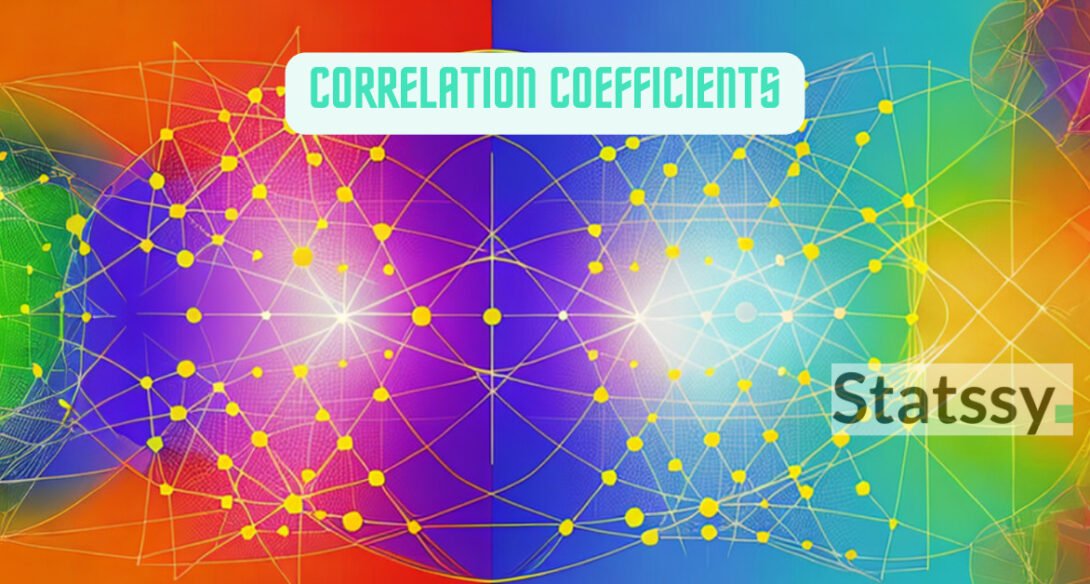
If you’re venturing into the vast realm of data analytics or fine-tuning your business strategies using data intelligence, the concept of the correlation coefficient might not be new to you. This statistical measure, rich with applications across numerous industries, plays a pivotal role in modern business analytics, allowing us to make sense of our data in ways we’ve never thought of before.
In this article, we’ll walk you through the definition, interpretation, calculation, and above all, the practical significance of the correlation coefficient in the business landscape.
The Basics: What is a Correlation Coefficient?
A correlation coefficient is a numerical measure of the statistical relationship between two variables. The value of the correlation coefficient (often denoted as ‘r’) lies between -1 and 1, each end of this spectrum signifying a strong relationship, albeit in opposite directions.
Zero, on the other hand, indicates no linear relationship. When we speak of the correlation coefficient in a business context, we are often referring to the Pearson product-moment correlation coefficient, more commonly known as Pearson’s r.
While the formula for the coefficient of correlation may seem complex, conceptually, it’s all about understanding the relationship between two entities. To calculate the coefficient of correlation, you’ll require the means and standard deviations of the variables, and the number of observations.
In practical terms, modern software applications such as Excel offer readily available functions to calculate the correlation coefficient.
This brings us to the question – how to interpret correlation coefficient values? A positive correlation coefficient signifies that as one variable increases, the other variable also increases. Conversely, a negative correlation coefficient indicates that as one variable increases, the other decreases.
The strength of this relationship is determined by the magnitude of ‘r’. A correlation coefficient of 0.7, for instance, would denote a strong positive linear relationship, whereas a correlation coefficient of -0.7 would imply a strong negative linear relationship.
Now that we’ve covered the basics of the correlation coefficient and its interpretation, let’s dive into its practical implications.
The Correlation Coefficient in Business Context: Unleashing Business Intelligence
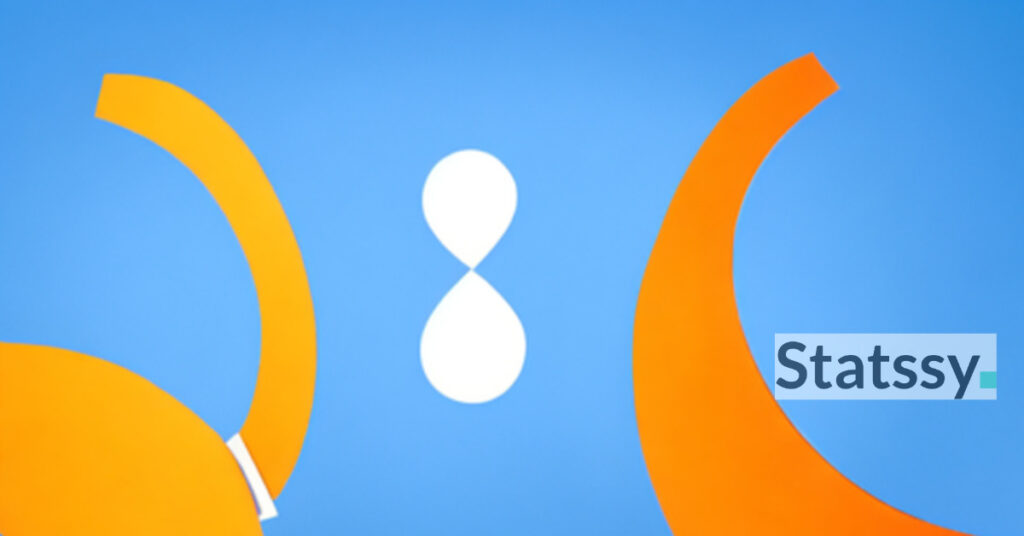
Modern businesses, particularly small and medium-sized enterprises, are fast realizing the potential of utilizing the correlation coefficient in their operations. Business Intelligence, a domain involving the strategies and technologies used by enterprises for data analysis, relies heavily on statistical tools like the correlation coefficient.
One area where this statistical measure proves invaluable is customer intelligence. By using the correlation coefficient to analyze user-generated content and customer behavior data, businesses can uncover patterns and trends that might otherwise remain hidden.
This kind of intelligence can provide companies with the insights they need to tailor their marketing strategies effectively, enhancing their promotional quality and speed, and raising awareness of their products or services.
Take, for example, an intriguing research paper by C.F. Cheung and F.L. Li published in Science Direct. They discuss a qualitative correlation coefficient mining method for business intelligence in small and medium enterprises.
By incorporating the correlation coefficient into a business intelligence system (BIS), the authors demonstrate how uncovering hidden patterns in sales and market data can help leverage organizational marketing capital.
Unraveling the Science of Correlation Coefficient Mining in Business Intelligence

The aforementioned research paper specifically developed a system known as the Correlation Coefficient Sales Data Mining System (CCSDMS). This system was implemented in a trading company to test its effectiveness. The CCSDMS was observed to have better computational effectiveness, higher accuracy, and greater predictive power than traditional association-rule based data mining methods.
CCSDMS employs a correlation coefficient mining method to unearth associations for product relations and customer periodic demands. Such information can be the game-changer for businesses, as it provides an edge in understanding consumer behaviour and tailoring marketing campaigns effectively.
Furthermore, such a system can become an integral part of a business intelligence system, amplifying its capabilities in data mining and analysis.
In the realm of business intelligence, correlation coefficients can provide insights that are transformative. Whether it’s by identifying the variables that affect customer retention, predicting future sales based on past performance, or understanding how changes in one variable (like price) can affect another (like demand), the practical applications of the correlation coefficient are vast.
Harnessing Correlation Coefficients in Different Business Domains
Marketing Intelligence
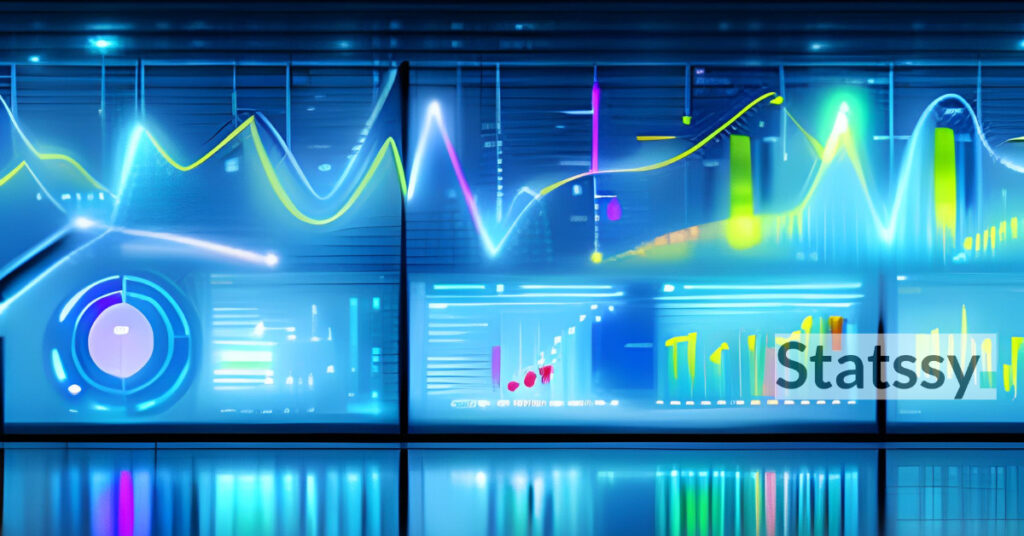
In the field of marketing, understanding the correlation between different factors can help strategize and optimize marketing campaigns. For instance, if the correlation coefficient between the amount spent on advertising and sales is strong, businesses can leverage this insight to allocate their advertising budget more effectively.
Understanding the strength and direction of these relationships can ultimately lead to more successful and targeted marketing efforts.
Customer Intelligence
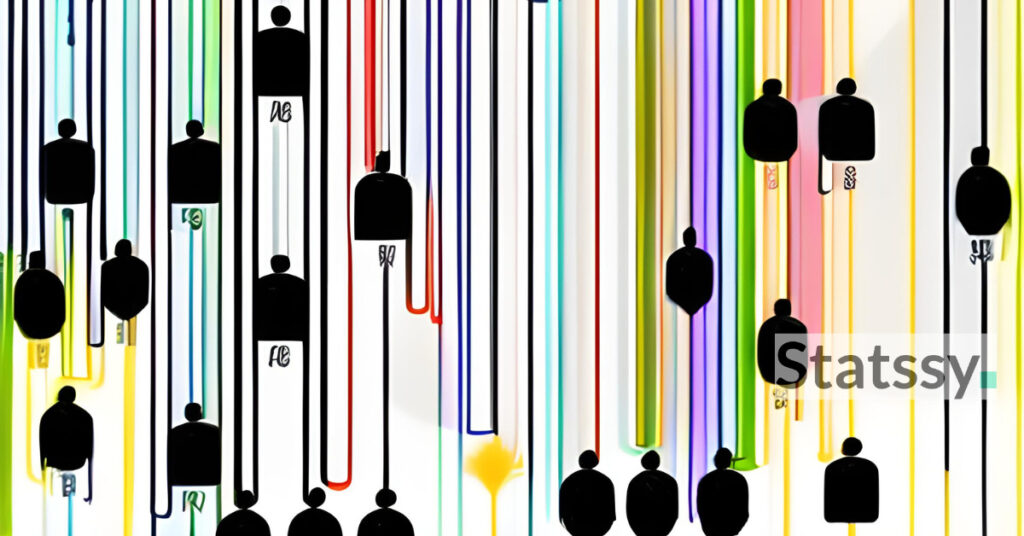
As alluded to earlier, the correlation coefficient is an excellent tool for deriving customer intelligence. It allows businesses to analyze user-generated content and understand correlations between various customer behaviours and preferences.
This understanding can, in turn, drive more effective personalization and customer engagement strategies. For instance, a strong positive correlation between a customer’s purchase history and their likelihood to engage with promotional emails can provide critical insights for tailoring personalized marketing communications.
Operational Intelligence

Correlation coefficients can also play a significant role in enhancing operational efficiency. By understanding correlations between various operational factors, businesses can streamline their processes and reduce waste.
For instance, understanding the correlation between the use of raw materials and the production output can help businesses optimize their production processes and reduce wastage.
By now, we have understood the theoretical and practical aspects of the correlation coefficient, along with its application in business intelligence. In the next section, we will further delve into how the correlation coefficient can be calculated using readily available software like Excel.
Deciphering the Correlation Coefficient Formula
The correlation coefficient is measured using a formula known as the Pearson Correlation Coefficient. Here, we will unravel the Pearson’s coefficient of correlation formula, so you better understand how it is calculated.
In simple terms, the Pearson Correlation Coefficient measures the linear relationship between two sets of data. It is denoted as ‘r’ and its value ranges from -1 to 1. Here’s the formula:
r = Σ [ (xi - X) * (yi - Y) ] / [ n * sx * sy ]
In this formula,
- ‘xi’ and ‘yi’ are the individual sample points indexed with i,
- ‘X’ and ‘Y’ are the means (averages) of the x and y datasets,
- ‘sx’ and ‘sy’ are the standard deviations of the x and y datasets, and
- ‘n’ is the total number of data points.
A positive correlation coefficient implies that as one variable increases, the other also increases, indicating a positive linear relationship. A negative correlation coefficient suggests the opposite: as one variable increases, the other decreases, revealing a negative linear relationship. A correlation coefficient of zero implies no linear relationship.
Calculation of Correlation Coefficient in Excel
The correlation coefficient in Excel can be calculated quite simply using the built-in function =CORREL(array1,array2).
Here’s a step-by-step guide to compute it:
- In an empty cell, type
=CORREL( - Click and drag to select your first array of data (the X values), then add a comma.
- Click and drag to select your second array of data (the Y values).
- Close the bracket and press enter.
The result is the correlation coefficient of the two sets of data, as per the Pearson’s correlation coefficient formula.
While these steps are quite straightforward, it’s crucial to remember that the interpretation of the correlation coefficient is as important as its calculation. This interpretation is based on both statistical significance and practical significance.
Statistical Significance vs Practical Significance
One common mistake while interpreting the correlation coefficient is to equate statistical significance with practical significance. These two concepts, while related, serve different purposes.
Statistical significance is about the reliability of the observed correlation. A statistically significant correlation coefficient means that it’s unlikely the observed correlation occurred by chance.
Practical significance, on the other hand, is about the correlation’s meaningfulness or importance in practical, real-world scenarios.
For example, a small but statistically significant correlation might not be practically significant in making business decisions. Conversely, a large but statistically insignificant correlation might still be practically significant in some contexts.
Interpreting Correlation Coefficient in Psychology
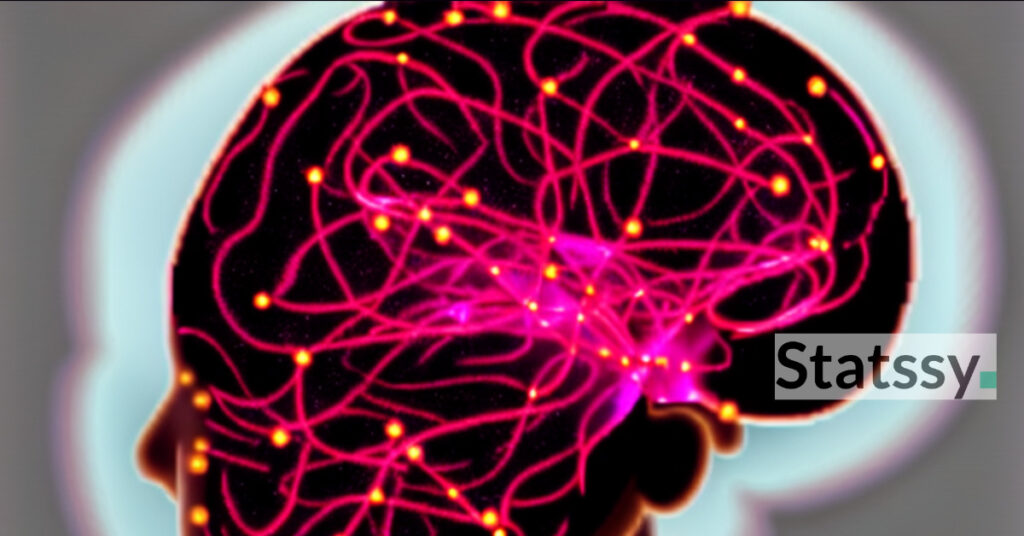
The correlation coefficient also has special relevance in the field of psychology, particularly in research scenarios. Correlation coefficient psychology and correlation coefficient psych refer to the use of correlation coefficients to understand the relationships between different variables in psychological studies.
For example, a psychologist might want to find the correlation between stress levels and productivity at work. Here, the correlation coefficient provides a numerical measure of the strength and direction of the relationship.
A strong correlation coefficient would suggest that as stress levels increase (or decrease), productivity also increases (or decreases). If this correlation is positive, it would suggest that as stress levels increase, so does productivity. If the correlation is negative, it would suggest that as stress levels increase, productivity decreases.
Again, interpretation is critical. A strong correlation does not imply causation – it does not definitively mean that stress directly impacts productivity. Other variables might be at play, and controlled experiments are needed to establish causation.
The Power of Correlation Coefficient in Business
In the context of business, especially for small and medium-sized enterprises (SMEs), the correlation coefficient plays an essential role in data mining and business intelligence. It helps to extract meaningful insights from vast amounts of data, enabling businesses to make informed decisions.
One example of this can be seen in a paper titled “A quantitative correlation coefficient mining method for business intelligence in small and medium enterprises of trading business” by Cheung, C.F., and Li, F.L. They developed a business intelligence system (BIS) named the correlation coefficient sales data mining system (CCSDMS), which uses a correlation coefficient mining method.
This system proved to have higher accuracy, better computational effectiveness, and higher predictive power compared to traditional data mining methods. By revealing associations for product relations and customer periodic demands, the CCSDMS can help organizations enhance their promotional quality and speed, as well as awareness of product relations.
This is a clear demonstration of how the correlation coefficient can have practical significance in business. By understanding the relationships between various business variables, enterprises can uncover hidden patterns, anticipate market trends, and make strategic decisions.
Correlation Coefficient and Customer Intelligence
In the realm of customer intelligence, correlation coefficients can help businesses to uncover significant relationships between variables related to customer behavior. They can help to analyze user-generated content or understand the impact of certain marketing strategies on customer purchase behaviors.
For instance, using the correlation coefficient, a business could determine whether there is a relationship between the frequency of a customer’s visits to their website and their total purchases. A strong positive correlation might encourage the business to focus on strategies that increase website visits, such as improving site design or content, or targeted advertising.
Wrapping Up: The Practical Significance of Correlation Coefficient
The correlation coefficient, with its ability to provide a numerical measure of the strength and direction of relationships between variables, is a fundamental tool in various fields. Whether it’s in psychological research, data analytics, or business intelligence, the correlation coefficient proves its practical significance.
Correlation Coefficient and Its Practical Significance in Business 2024
The ultimate value, however, lies in the correct interpretation and use of this statistical tool. It’s crucial to remember that correlation doesn’t mean causation and that every correlation coefficient analysis should be followed by a careful consideration of other potential factors at play.
However, when used appropriately, the correlation coefficient is an invaluable asset in turning raw data into actionable insights, whether you’re a data scientist, a psychologist, or a business owner.
So, the next time you ask yourself, “What is the correlation coefficient, and what is its practical significance in business?”, you’ll be equipped with an understanding not just of its formula and how to calculate it, but also of its potential applications and the value it can provide in various contexts.
Stay tuned to StatsSy for more insights into data analytics and machine l
